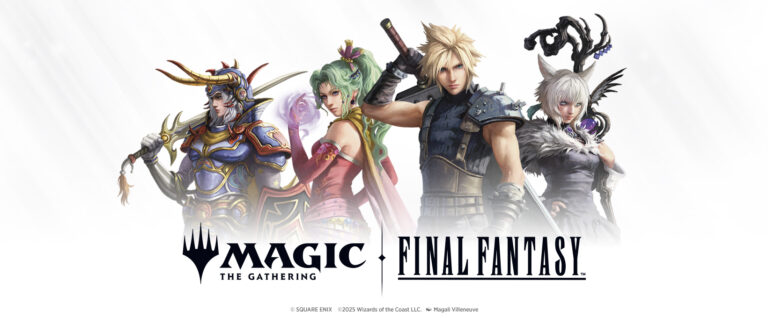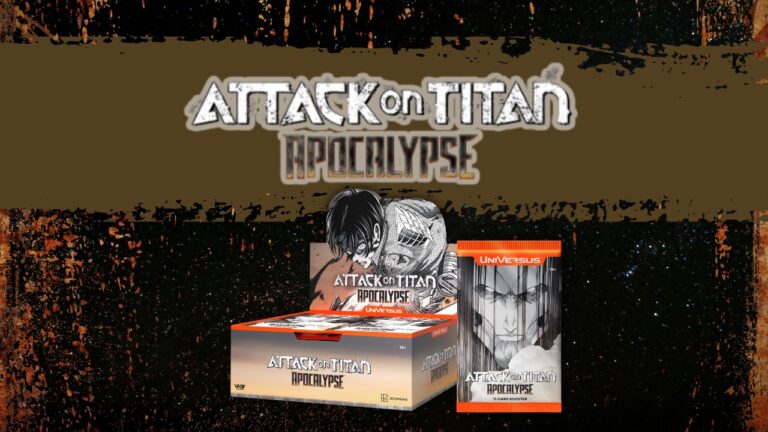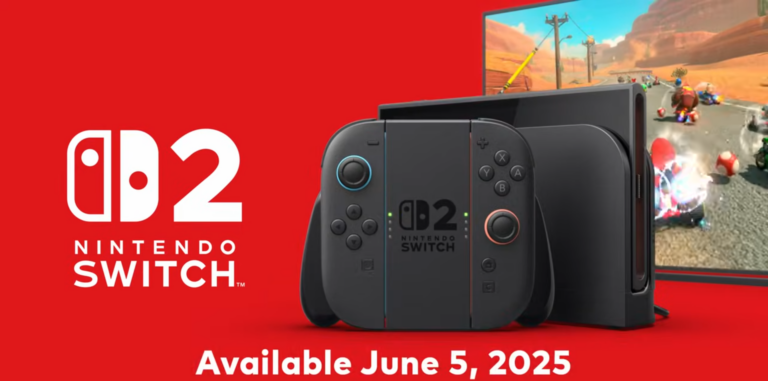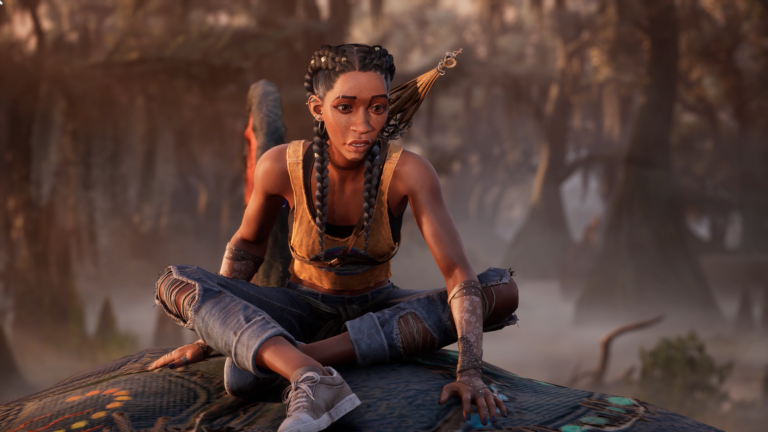The original Resident Evil 4 was an instant classic. When Capcom announced the remake during Sony’s State of Play in 2022, I was slightly skeptical. Not because I thought it was going to be a bad game, but because the original still holds up to this day. I had originally hoped that Capcom would instead remake Resident Evil: Code Veronica as that’s the next game chronologically after Resident Evil 3. I wanted more time between the original release of 4 and an eventual remake because it still feels fresh in my mind. But after going back to the 2005 version after playing the remake, I can say with full confidence that remaking 4 next was the right call. Read on for our Resident Evil 4 remake review!
Spoilers for both the original and remake ahead.
Modernizing a Masterpiece
Capcom’s remakes of their beloved pioneering survival horror franchise have garnered significant attention for both new fans returning players alike. The Resident Evil 2 and 3 remakes saw critical and commercial success (although 3 was a little on the shorter side), so the buzz around the next remake installment was as loud as ever. Capcom took a break from their legacy content with Resident Evil Village in 2021, ending the Winters’ storyline and leaving the future of the series open-ended.
Resident Evil 4 does to its original entry what the previous remakes did for theirs: modernizes it and improves upon almost every aspect. The third-person, over the shoulder angle returns and is fluid and comfortable as ever (you can even shoot while moving, something you couldn’t do in the original!), fan-favorite characters make their return with changes and improvements, and the three main locations are back in stunning, creepy HD thanks to Capcom’s gorgeous RE Engine.
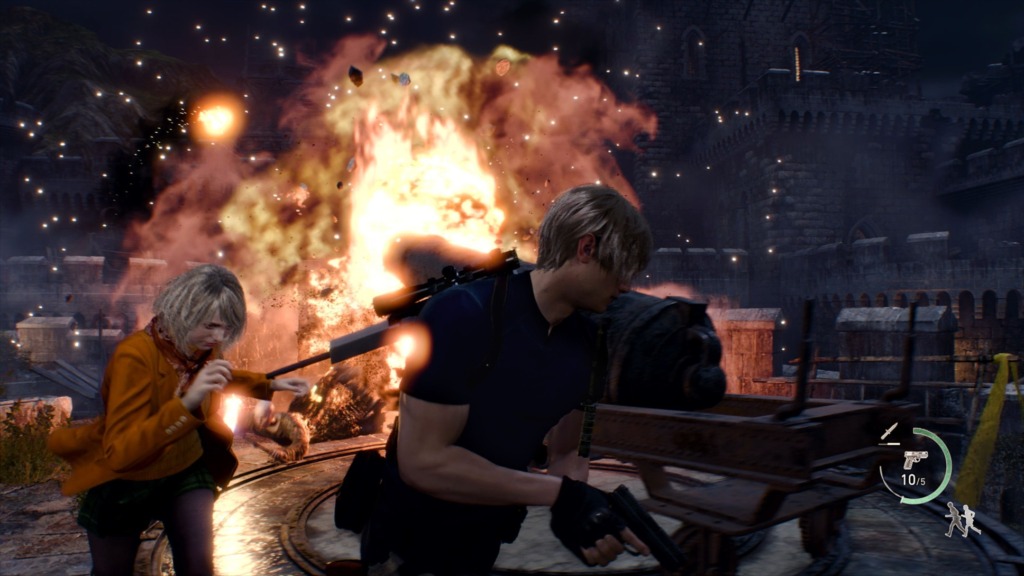
Gunning Down Ganado
What set the original Resident Evil 4 apart from its predecessors was the switch from the series’ signature fixed camera and tank controls to a third-person perspective, offering more involved gameplay and action. This meant having a larger emphasis on combat and gunplay, which the remake perfects. The game offers significant quality of life improvements in terms of combat, with the ability to move and shoot simultaneously being the most important. It may seem like a no-brainer by today’s standards, but in 2005, player would have to stop moving, aim, shoot, reposition, rinse and repeat. Going back now after playing the remake, it was much more of a headache than I realized at the time. Additionally, there’s now a stealth mechanic. Leon can sneak around and, if he has a knife with enough durability, can one-shot kill an enemy by sticking it in their neck without alerting other nearby enemies.
Speaking of the knife, it gets a massive upgrade as well. Players can now upgrade the knife at the merchant and repair its durability. Your starting knife can break, but instead of it being removed from your inventory, it’s just unusable until repaired. But fret not, as during your exploration, you can find other non-upgradeable knives that are weaker and have less durability for the same purpose. The game really incentivizes physical combat in this game; shoot an enemy in the face or legs to stun it, perform a melee takedown, then finish them off with your knife. Sure, this combat loop is present in the original, but with the addition of the new in-depth knife mechanics, it’s a much more reliable strategy this time around. If an enemy grabs you, you can either break free by mashing a button, or use the knife, which offers a quicker alternative if you’re surrounded. The best part about the new knife, however, is the parry mechanic. Like all parry mechanics in games, you have to wait for the enemy to strike and time your button press well enough to counter their attack, leaving them open for you to retaliate. Parrying a chainsaw is silly, but oh so satisfying.
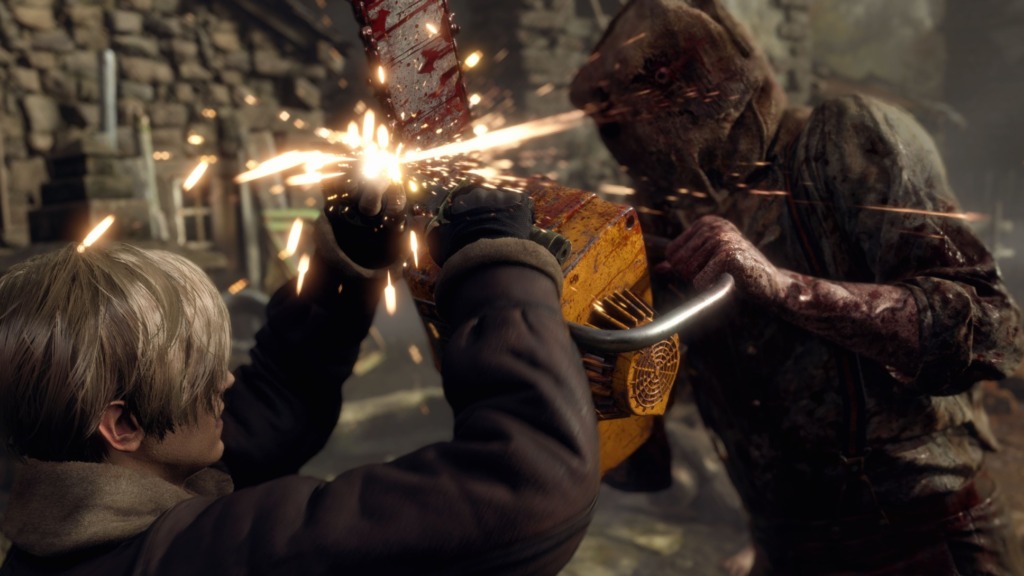
The gunplay mechanics return virtually unchanged, like the aforementioned shooting to stun. This was a highlight of the original, and aged like a fine wine (other than the whole not being able to move thing), so not much improvement was entirely necessary. However, you can now craft ammunition. This is done by combining gunpowder with resources, and each ammo type (handgun, shotgun, etc.) requires a specific amount of each to craft. Some crafting recipes can only purchased from the merchant. I found this addition to be both a blessing and a curse; it’s nice to be able to create whichever specific ammo type you need on the fly instead of struggling to get through an encounter with limited ammo, but the resources can and will take up a LOT of inventory space.
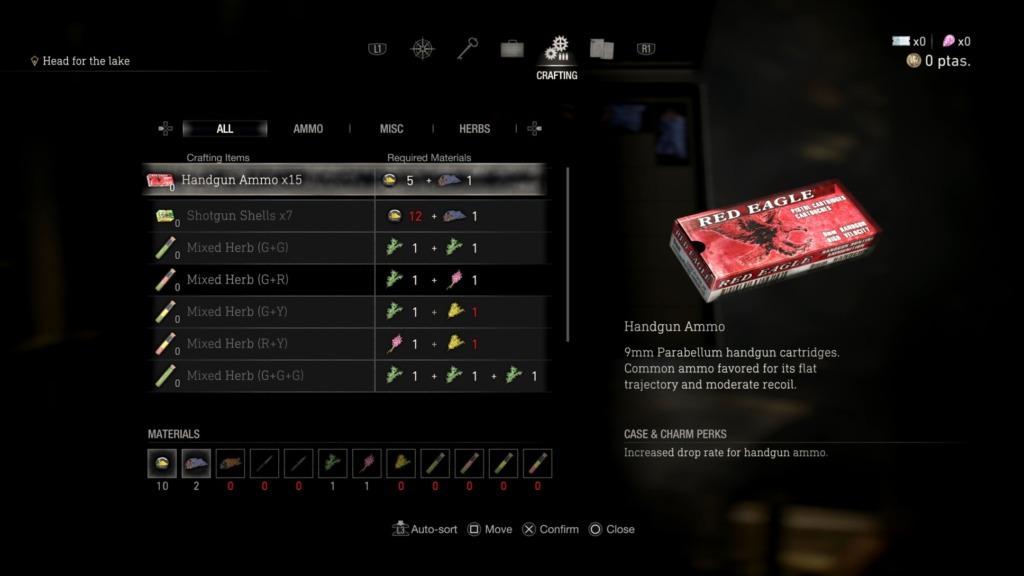
Not Enough Cash, Stranger
The campy, raspy-voiced merchant makes his triumphant return as well. His classic one liners are back with a new voice actor, and his dialogue is expanded to have more cheesy quips and interaction with the player. But most importantly, the merchant still helps to outfit your arsenal throughout the game. You can buy, sell, and upgrade gear like the original, but now there’s a new form of bartering: trading. By trading in spinels that are typically earned by finishing merchant requests (Resident Evil 4‘s version of sidequests, like destroying blue medallions in an area or killing 4 rats), you can earn rarer items, like area treasure maps, new weapons, herbs, or the Exclusive Upgrade Ticket, which unlocks a weapon’s final, powerful upgrade without first maxing out its other stats. Heads up, these cost up to 40 spinels, so spend them wisely.
The treasures you sell also come with an overhaul. In the original, there are some treasures than can be combined only with other treasures to make a full, expensive piece, and some that can be slotted with gems to increase their value. The remake streamlines this by having gems be the sole combining factor, making waiting to know when to sell something a little less stressful.
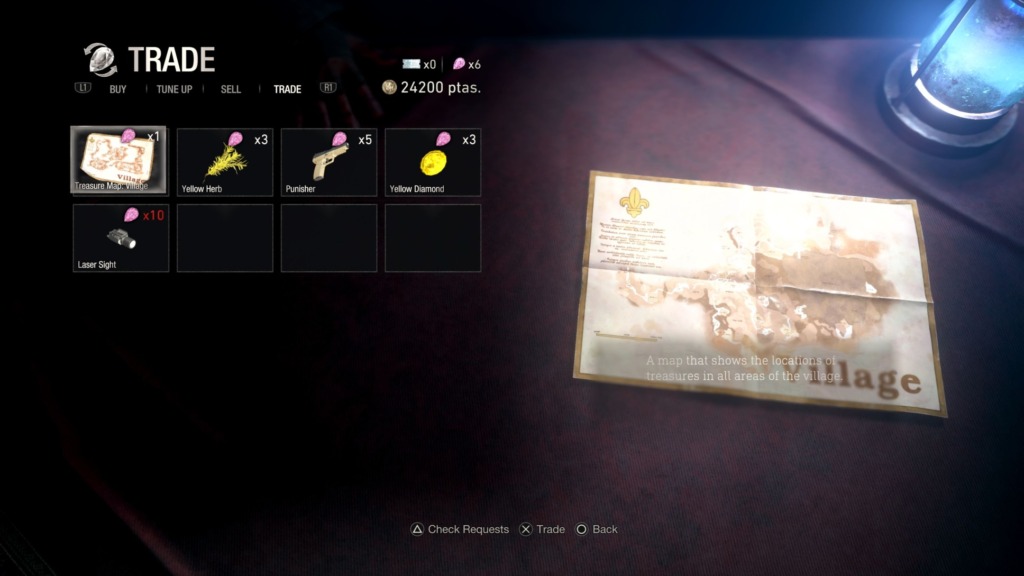
A fan-favorite mechanic of the original is the attaché case, which houses Leon’s weapons, ammo, and healing items. You can still spend a pretty penny to increase the case’s size, but the remake offers a new twist. You can now customize it with charms and different case colors. What’s more, these aren’t just aesthetic options, but fully functional buffs for players. For example, the black attaché case increases the drop rate of handgun ammo, and the Don Esteban charm grants a 15% chance of creating bonus shotgun ammo. You can equip 3 charms at once, giving players freedom to tailor their builds to their playstyle and difficulty setting. You unlock charms by earning tokens from playing the shooting gallery game, which also returns from the original, but this time you have even more incentive to perfect each course.
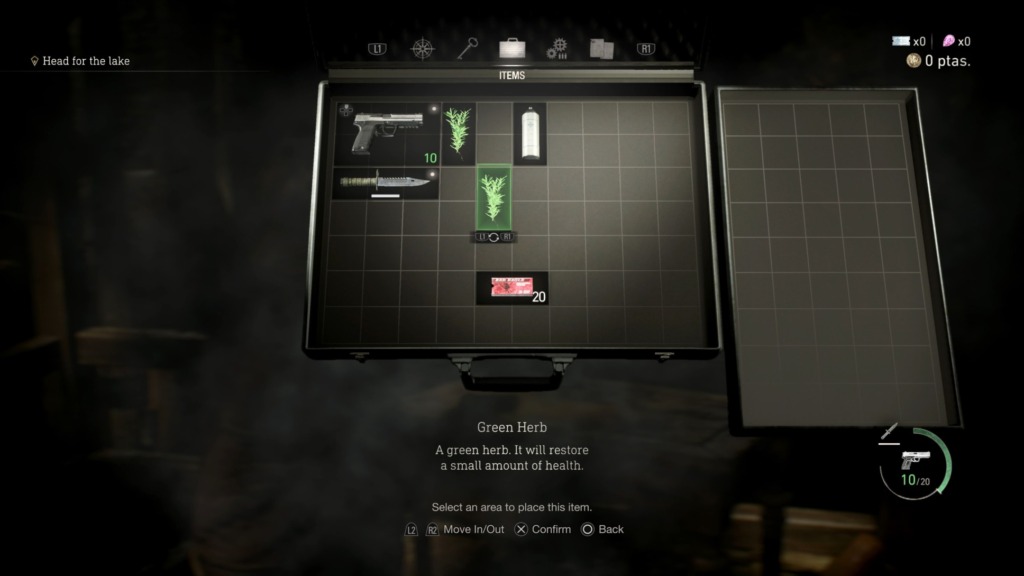
Story Reimagined
The overall story and major characters make their return, but there are some changes that really help this game shine over the original. Leon S. Kennedy is still tasked with rescuing the president’s missing daughter Ashley from a remote Spanish village. Along the way he meets a colorful cast of characters, like Luis, a mysterious man who helps Leon, and Ramon Salazar, the lord of a massive castle on the outskirts of the village. Longtime Resident Evil fans and those who played the Resident Evil 2 remake will also recognize Ada Wong, who plays a significant role. You’re probably thinking, “this is great and all, but it’s exactly what the original did”. You’d be correct, but this remake improves upon their characterizations and the story beats tenfold.
Apart from updated character models and voice actors, the main players in Resident Evil 4 feel significantly more fleshed out and complex. Leon and Luis’s relationship is presented in more of a “butting heads” sort of way rather than fast friends, and the return of Jack Krauser is rife with references to more obscure Resident Evil trivia like Operation Javier from The Darkside Chronicles, the Nintendo Wii’s on-rails arcade shooter which is officially canon now. The villains feel more connected and players will really get a full context of Saddler’s rise to power through reading the game’s files.
This outing pays faithful homage to the originals’ balance of horror, action, and goofiness. Unfortunately, gone are the radio conversations between Leon and Salazar, but references to classic moments like this are present throughout as a nod to fans of the 2005 game. Some examples are the truck the player has to shoot of the way to enter the castle is now on the side of the road in the remake, and the ridiculous giant statue of Salazar that chases you now just spits fire, which to be honest is equally as silly.
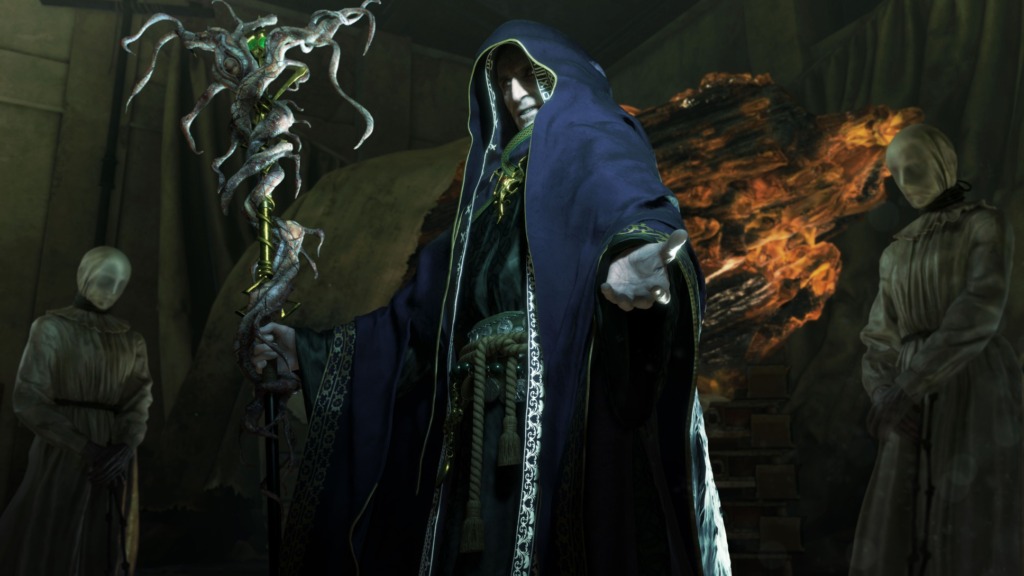
It Truly is Survival Horror
While this game is much more action-oriented than the previous titles, it isn’t without its horror elements. Having a strong shotgun doesn’t always save you against claustrophobic hallways teaming with mindless zealots, invisible bugs, and regenerating monsters that only have visible weakpoints if you have a thermal scope. The opening minutes of the game in the main village square are still extremely tense, with screaming villagers coming at you from every angle, and topped off by a chainsaw-wielding, burlap sack-wearing maniac whose sole purpose in life is to separate Leon’s head from his body.
My favorite new enemy type is early on in the game. Before you encounter full-on head bursting parasites, the game hints at their eventually appearance with one of the creepiest enemies in the series. When you “defeat” a Ganado, they’ll sometimes writhe on the ground, prompting you to stab it in the neck to finish it off. If you don’t, they’ll get back up, neck snapped, and rush you, hints of the parasite peaking out from their open neck. I wasn’t expecting this on my first playthrough, and it really caught me off guard.
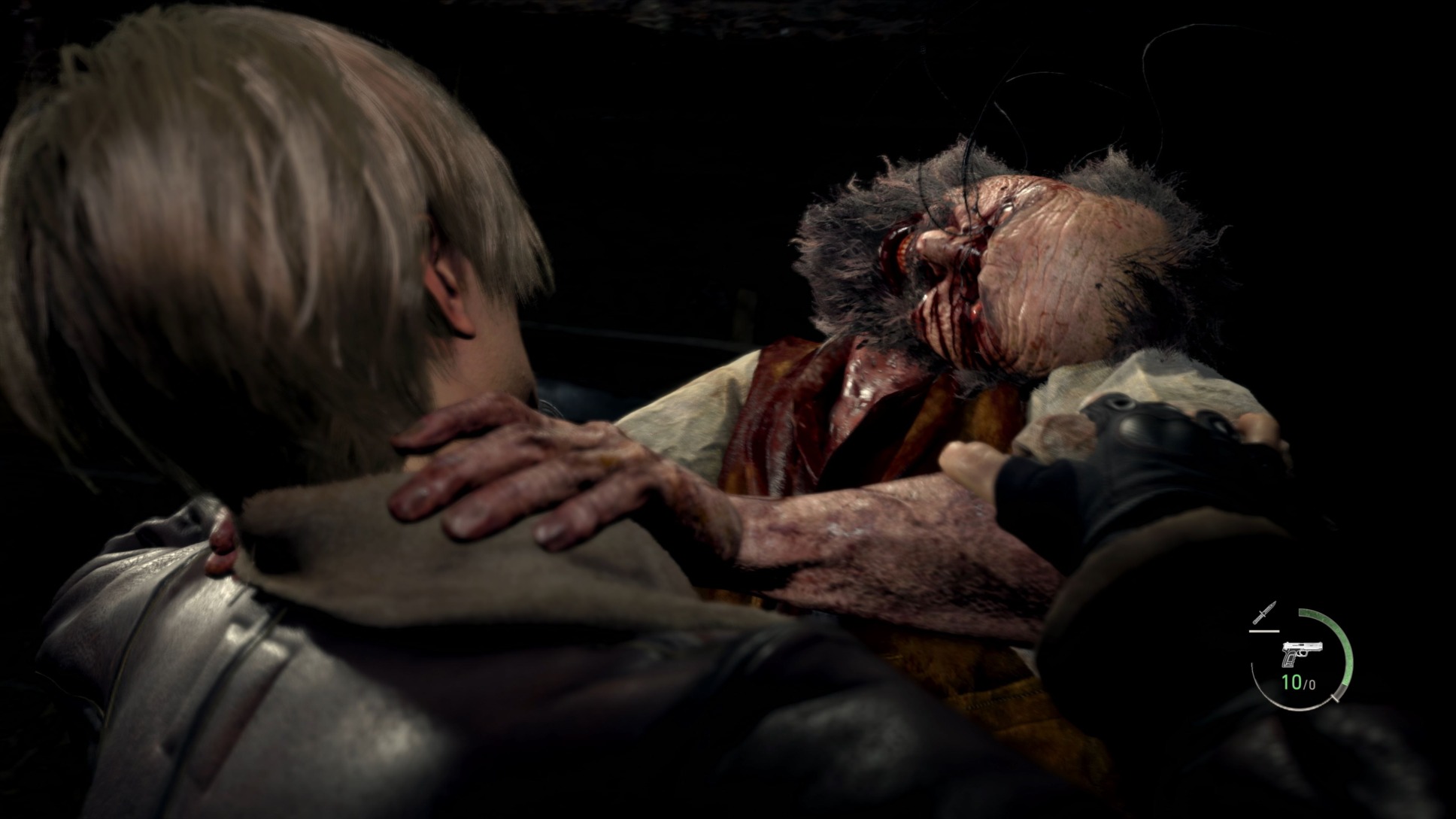
Balancing QTEs
The original Resident Evil 4 introduced gamers of that era to “quick-time events” (QTEs), where the player must press the appropriate button combination within a short window or suffer the consequences. For example, mash a button to outrun a boulder, or time the button press right to dodge a swinging axe. The QTEs in the original were typically during narrative cutscenes, so if you failed you had to return to the most recent save. This was frustrating even then. The remake does away with the narrative QTEs, but they are back in some capacity. My favorite part (and many other fan’s) of the original was the first Krauser encounter, where he and Leon go head to head in a close quarters knife fight, which utilizes QTEs. I was disappointed that the mechanic wasn’t present in the remake for this part, until I got to the point in the story where they meet. I was blown away; the tense expositional conversation still happens, but instead of a linear cutscene with QTEs, the knife fight is played out using the game’s new parry and dodge system. Despite that being my favorite moment, doing away with QTEs during cutscenes is a welcome change.
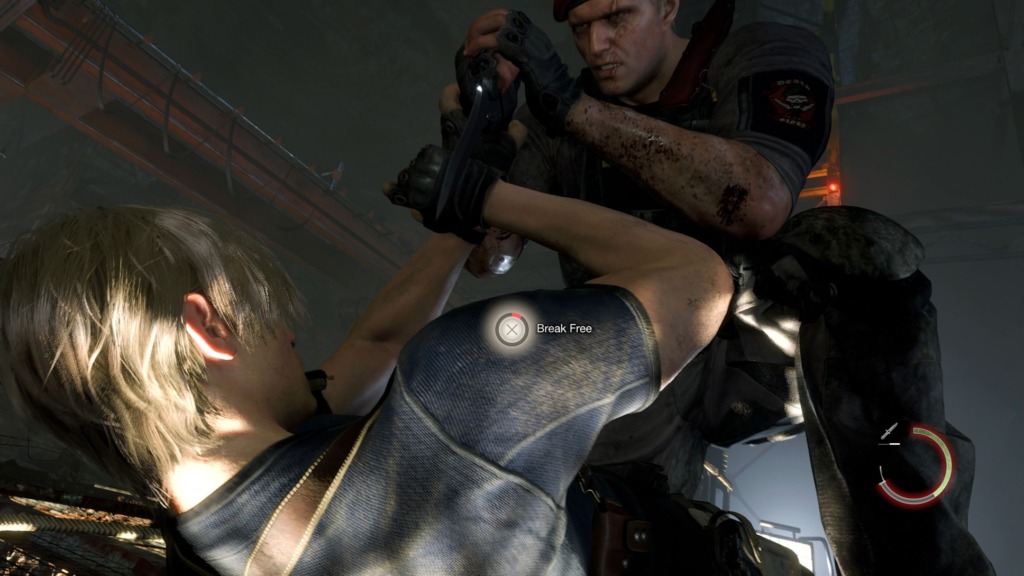
A Technical Marvel
Resident Evil 4 remake was developed in Capcom’s RE Engine, first created for the development of Resident Evil VII: Biohazard, and has since been used for other games such as Devil May Cry 5 and Monster Hunter Rise. The game’s visuals are stunning as ever, with the environments and character and enemy models displaying impressive detail. I played on PS5, and the game was so smooth and fluid in its transitions between areas. There aren’t traditional loading screens; they are replaced by Leon slowly opening a double door to a new area. This really helps with immersion for longer play sessions.
The game also integrates clear, intuitive level design. Backtracking to previous areas for merchant request or treasure never feels like a slog, as there are usually easily accessible routes that are opened up after clearing an area. I collected all the treasure in the game (thanks to treasure maps), and enjoyed backtracking for them because newer enemies would spawn or the environment would changed based on time of day or weather, making the world feel like its own living, breathing character.
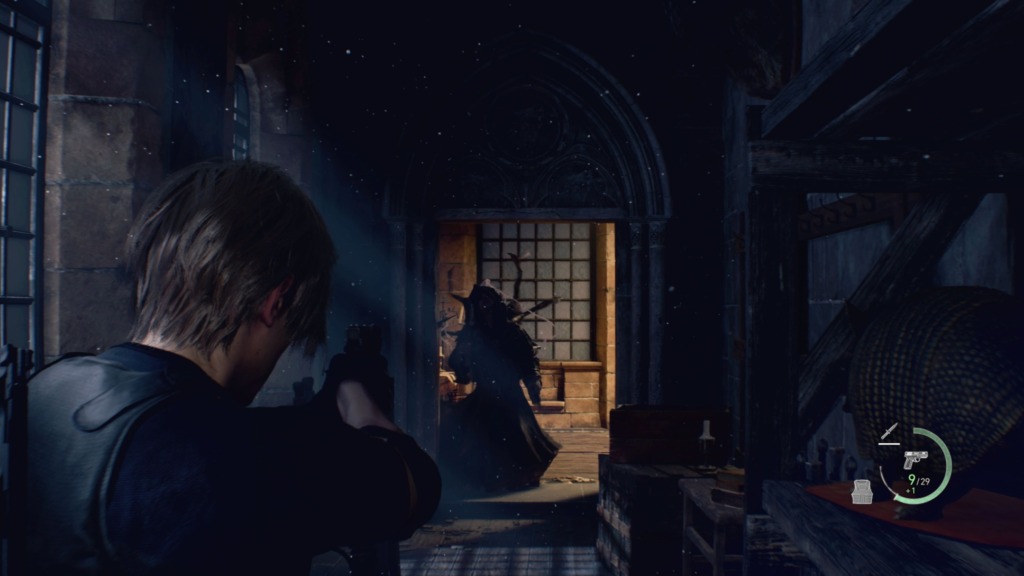
Verdict
2005’s Resident Evil 4 was the pinnacle of the franchise at the time. It revolutionized its already legendary status as a pioneer of the survival horror genre of video games, and inspired many other games for years to come. Resident Evil 4 remake improves upon it in almost every aspect, modernizing its mechanics and characters, and solidifying its spot as an easy contender for many people’s game of the year. Solid gunplay and combat, deeper customization, and a reimagined story make this game a staple of this console generation for returning fans or those new to the franchise. If you’re a new horror fan or a genre veteran, the remake of Resident Evil 4 is a must-play.
Reviewed on PS5. All images provided by Capcom.
What’s next for Resident Evil 4? Mercenaries mode returns April 7th, 2023, and a datamine suggests that the original’s expansion “Separate Ways” will be coming in the near future.
Until then, check out our other game reviews!



